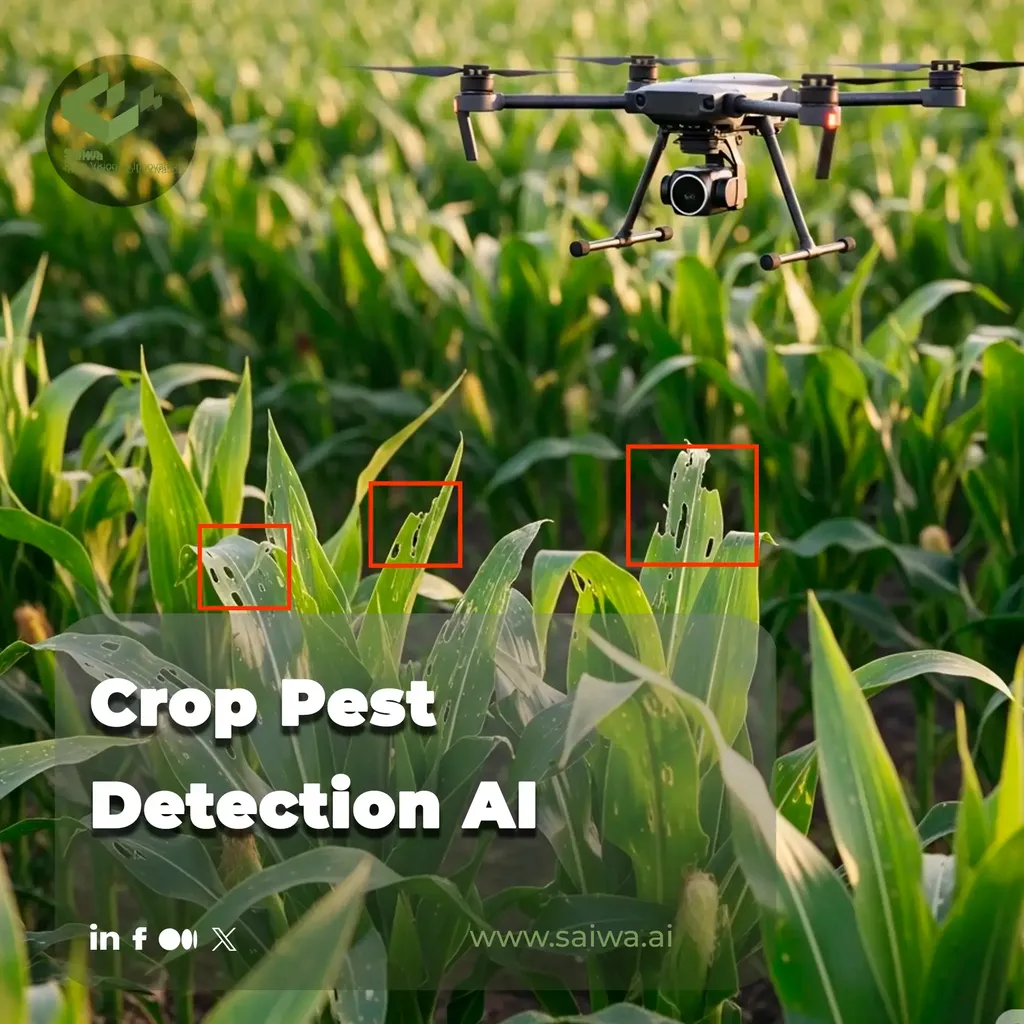In the relentless battle against agricultural pests, early detection is key to minimizing crop loss and reducing pesticide use. A recent study published in *Frontiers in Plant Science* has taken a significant step forward in this arena, demonstrating the potential of AI-powered, species-level detection of thrips and whiteflies using simple yellow sticky traps.
Pest insects like thrips and whiteflies are notorious for decimating agricultural yields, causing losses of 20% to 40% globally. Current AI-assisted monitoring systems, while helpful, fall short when it comes to identifying specific species of these pests. However, the ability to distinguish between species could revolutionize pest management, enabling targeted, localized, and more efficient control strategies.
The study, led by Broes Laekeman of the Plant Sciences Unit at the Flanders Research Institute for Agriculture, Fisheries and Food (ILVO) in Belgium, evaluated the use of YOLO-based deep learning detection models to identify thrips (Frankliniella occidentalis and Echinothrips americanus) and whiteflies (Bemisia tabaci and Trialeurodes vaporariorum) from images captured on yellow sticky traps.
“Early species-level identification allows for more targeted, species-specific control strategies,” Laekeman explained. “This leads to reduced, localized, and more efficient pesticide application, which is crucial for maintaining high-quality horticultural standards while minimizing environmental impact.”
The researchers gathered a balanced and labeled image dataset of the studied pest species and trained various versions of the YOLO11 and YOLO-NAS detection model architectures. The models were tested at different pixel resolutions, with all high-resolution models achieving impressive species-level detection rates on an independent test dataset.
Even the smallest model, YOLO11n, delivered feasible performance scores, demonstrating the potential for real-time, automated species-level monitoring of sticky traps in greenhouse horticulture. The study also identified the minimum required pixel resolution for feasible species-level detection, enabling the use of modern smartphones, action cameras, or low-cost standalone camera modules.
The commercial implications of this research are substantial. By enabling more precise and timely pest management, farmers can reduce pesticide use, lower costs, and improve crop yields. This technology could be particularly beneficial in greenhouse horticulture, where pest infestations can quickly escalate and cause significant damage.
Looking ahead, the researchers suggest that future work should focus on extending this technology to additional pest species, sticky trap types, and ambient light conditions. As Broes Laekeman noted, “This is just the beginning. The potential for AI in pest management is vast, and we are excited to explore these possibilities further.”
In the ever-evolving landscape of agricultural technology, this study represents a significant advancement, offering a glimpse into a future where AI-powered tools play a pivotal role in sustainable and efficient pest management.

